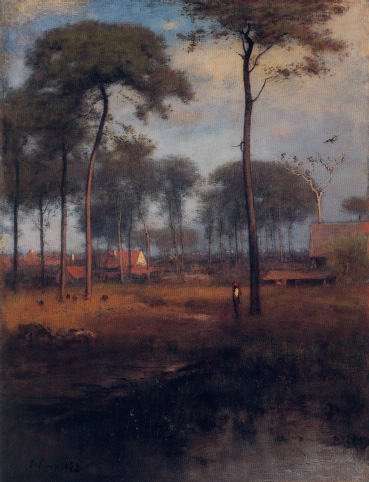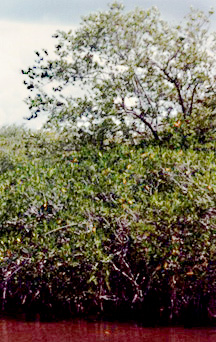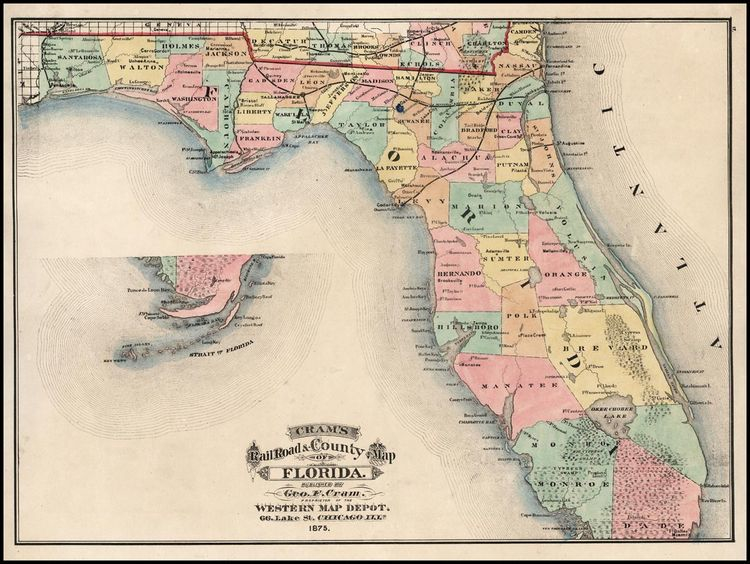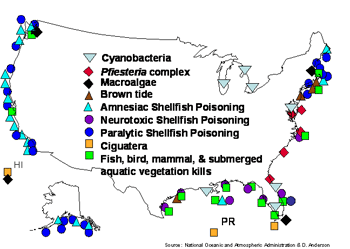 Geography
GeographyNavigating the site:
The history
of how literature and science converge in the American imagination upon
a land ethic is the foundation of this course. We examine the major  writers, artists and naturalists
whose sense of place and grasp of ecology confronted their generation
and ours with an inescapable dilemma to protect our historical identity
in our landscapes and countryside, or else lose it. An ethical imagination
arose in America between 1849 and 1949 primarily through the nature writings
of Henry David Thoreau, Walt
Whitman, Mary
Austin, John Muir, Aldo Leopold, and Rachel Carson.
writers, artists and naturalists
whose sense of place and grasp of ecology confronted their generation
and ours with an inescapable dilemma to protect our historical identity
in our landscapes and countryside, or else lose it. An ethical imagination
arose in America between 1849 and 1949 primarily through the nature writings
of Henry David Thoreau, Walt
Whitman, Mary
Austin, John Muir, Aldo Leopold, and Rachel Carson.
The focus of this course, by contrast, is to comprehend
the ecological integrity of the local watershed. By placing Florida's
nature
writers, Marjorie Stoneman Douglas and Archie Carr, in the national tradition
of conservation and preservation, evidence of an ecological perspective
emerges in response to the rarity and beauty of this place's tropic temper.
By excursions to the St. Johns and the Wekiva rivers and their natural
communities, participants will learn to read their local landscapes in
order to construct some enduring meaning from the biological remnants
still haunting Central Florida's hammocks, sandhills and streams. Thus, we envision such settings as examples of our nation's natural endowments.
Working together to produce a webpage or other teaching tools the class will actively connect our fundamental biological knowledge and cultural heritage in order to instill a deeper sense of responsibility, stewardship and obligation for sustaining the health of our common American natural areas.
 This
tidal mangrove swamp is just one indication that Florida's river and marine
shorelines are attractive areasfor wild nature -- as well as for people.
It is this contest for space along the crowded shores that more than any
other set of forces characterizes the conflict between settlement and
wildlife in this fast growing state.
This
tidal mangrove swamp is just one indication that Florida's river and marine
shorelines are attractive areasfor wild nature -- as well as for people.
It is this contest for space along the crowded shores that more than any
other set of forces characterizes the conflict between settlement and
wildlife in this fast growing state.
Today–2012– more than 17 million people crowd the river and ocean shores of Florida. Every twenty years, for the last eighty or so years, the state's population has doubled. Half of the original wetlands–such as these mangroves–have been lost in the state due to the press of people into more and more places. As the character of Florida's shorelines have changed so has our undestanding of the necessity of these places for wildlife, water, recreation and contemplation. Our class examines these losses and the awakening sentiments for preservation of wildness that rapid growth stimulated so that you may protect and restore the vitality of Florida's subtropical vegetation, fisheries and wildlife.
1875 Map reveals that places change with respect to our imaginative views based on the means of seeing a place.

Last Updated on 5/15/11 .


